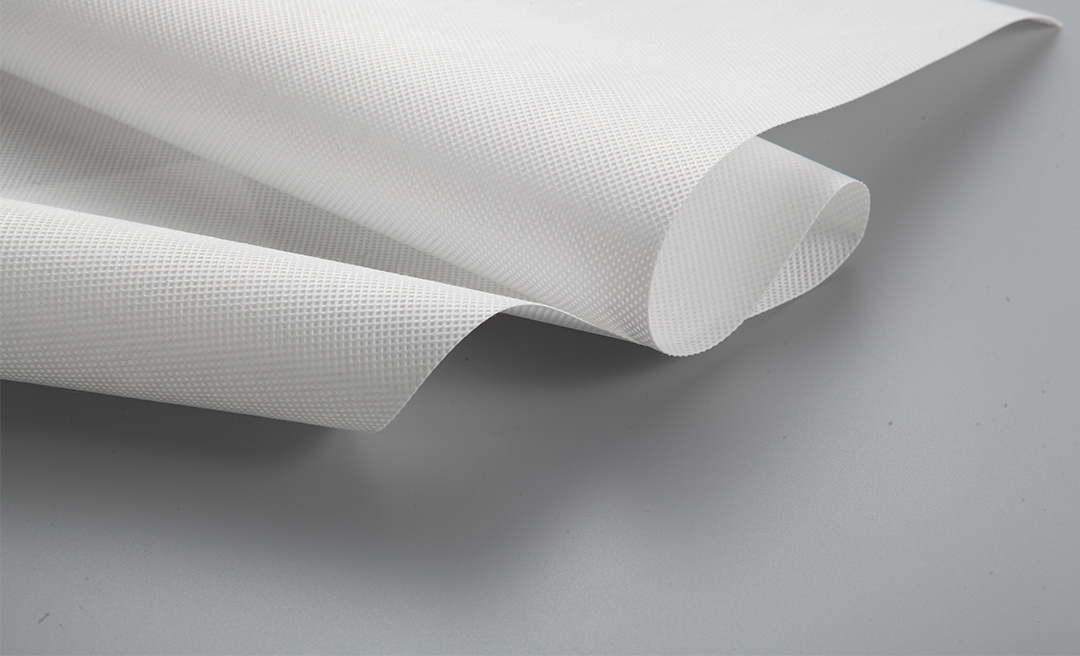PLA (Polylactic Acid) fabric is considered more environmentally friendly compared to many traditional synthetic fabrics. Here are some reasons why PLA fabric is often viewed as a sustainable option:

1. Biodegradability:
PLA is derived from renewable resources, primarily corn starch or sugarcane, and can biodegrade under industrial composting conditions.
It breaks down into natural components (water and carbon dioxide) within a few months to a few years, depending on the environment.
2. Renewable Resources:
Unlike petroleum-based fabrics (like polyester), PLA is made from renewable agricultural resources, reducing reliance on fossil fuels.
3. Lower Carbon Footprint:
The production of PLA has a lower carbon footprint compared to petroleum-based fibers. The growth of raw materials like corn absorbs CO2, partially offsetting emissions.
4. Reduced Toxicity:
PLA production generally involves fewer harmful chemicals compared to conventional synthetic fibers, making it less toxic to the environment.
5. Energy Efficiency:
The energy required to produce PLA is often lower than that for petroleum-based fabrics, especially when considering the entire lifecycle of the material.
6. Versatility:
PLA can be used in various applications, including clothing, packaging, and nonwoven products, providing a sustainable alternative across multiple industries.
Considerations:
Composting Conditions: While PLA is biodegradable, it requires specific conditions (industrial composting facilities) to break down effectively. It won’t decompose in a typical landfill environment.
Resource Use: The cultivation of crops for PLA production requires land, water, and agricultural inputs, which can have environmental impacts if not managed sustainably.
Performance: PLA fabric may have different properties compared to traditional fabrics, such as moisture retention and heat sensitivity, which can affect its suitability for certain applications.
Overall, PLA fabric offers a more sustainable alternative to conventional synthetic fabrics, particularly when considering its biodegradability and renewable sourcing. However, it’s essential to consider the entire lifecycle and production practices to maximize its environmental benefits.
Post time: Sep-12-2024
